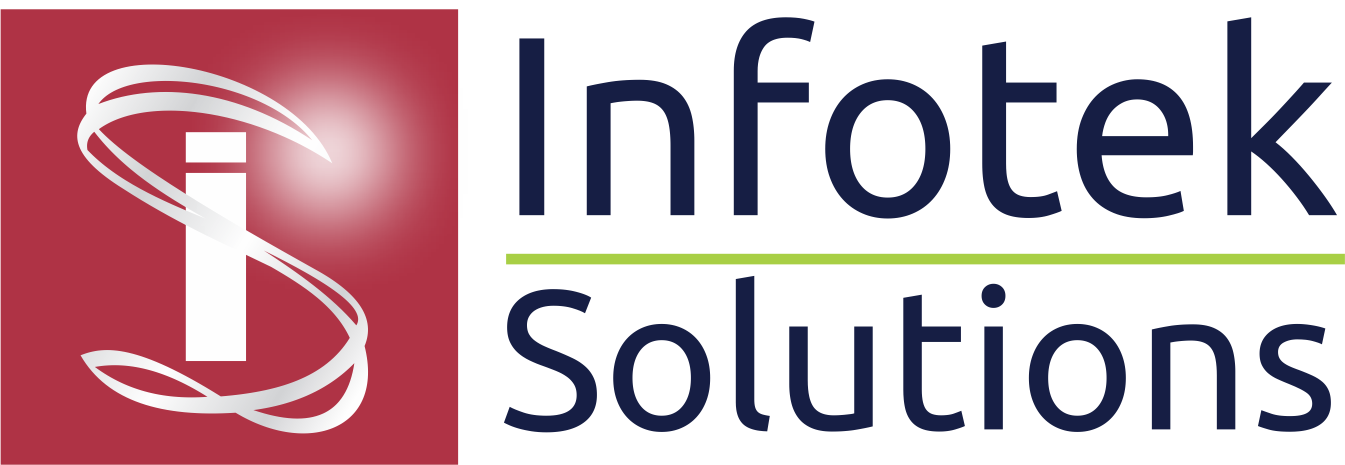ISTQB chapter 1
- Why testing is necessary?
- What are errors, faults and failures? Explain are they same or different?
- What are necessary things to avoid faults?
- What is exhaustive testing?
- Justify this statement: “Prioritise tests so that, whenever you stop testing, you have done the best testing in the time available”.
- Why influence testing needed?
- What are different levels of test planning? Define each.
- Define.
- Test planning
- A test case
- Test specification
- Execution
- Recording
- Check test completion
- What are the test completion criteria?
- Why test? Define.
- Define traditional testing approach?
- What is testing paradox?
- Who wants to be a tester?
- What are the responsibility of tester?
- What are various level of dependence?
- When re-testing is require?
- Define regression testing?
- How regression testing is related automation?
- How important are expected results?
- How to prioritise testing?
ISTQB chapter 2
- Define each step of V-model? How it work in late test design and early test design?
- What is VVT? Describe it.
- Why testing is expensive?
- What do software faults cost?
- How testing is expensive for you?
- What are the high level test planning?
- What are the different test plan?
- Define component testing? What are the component testing strategy?
- Define each step of component test process?
- What are the different test design techniques?
- Why integration testing in the small?
- Define top-down integration?What are the advantage and disadvantage of top-down integration?
- Define bottom-up integration?What are the advantage and disadvantage of bottom-up integration?
- What are the advantage and disadvantage of minimum capability integration?
- Why we are planning integration?
- Define
- System testing
- Functional system testing
- Non-functional system testing
- Requirements-based testing
- Business process-based testing
- Performance Tests
- Multi-User Tests
- Usability Tests
- Security Tests
- Documentation Testing
- User acceptance testing
- Contract acceptance testing
- Alpha test
- Beta test
- Maintenance testing
- What are the difference between alpha and beta testing?
- What to test in maintenance testing?
ISTQB chapter 3
- What are the benefit of reviews? Why is it cost-effective?
- What to review/Inspect at each level of V-model?
- What are different types of review of a document?
- What are the different point to review of a document?
- Is inspection and reviews different from each others? Define it.
- Define the different process of inspection?
- What a static analysis do?
- How data flow analysis is useful for static analysis?
- What is Cyclomatic complexity?
ISTQB chapter 4
- What are the dynamic test techniques?
- What are the advantages of different test techniques?
- Define black box test design and measurement techniques?
- Why do both EP(equivalence partitioning) and BVA(boundary value analysis)?
- What is decision table? Describe each component?
- How we find rationalising outputs from decision table?
- Why Rationalising is danger?
- Define white box test design and measurement techniques?
- Define
- Statement coverage
- Decision coverage
- Paths through code
- Paths through code with loops
- Differentiate black-box and white-box testing?
- What is error guessing? How we derive a error guess?
ISTQB chapter 5
- Describe the organisational structures for testing?
- Write advantage and disadvantage on each:
- Testing by development team
- Testing by developers
- Tester on development team
- Independent test team
- Internal test consultants
- Third party test
- What are the usual choices test?
- What are the skill needed in testing? Why.
- What is configuration management? What are the different topics in configuration management?
- Define products for configuration management in testing?
- Describe test cycles / iterations?
- How time to report a faults?
- What is diverging S-curve? How to use it?
- What is incident? Describe Incident management?
- Describe incident cycle?
- Differentiate severity versus priority?
- What are the different standards for testing?How they use?
ISTQB chapter 6
- What are the different testing tool classifications? How they fit at different stage of V-model?
- Define:
- Requirements testing tools
- Static analysis tools
- Test design tools
- Test data preparation tools
- Test running tools - character-based, GUI
- Comparison tools
- Test harnesses and drivers
- Performance test tools
- Dynamic analysis tools
- Debugging tools
- Test management tools
- Coverage measurement
- What the main things to remember in captured test scripts?
- How to do automated verification?
- What are the different scripted manual testing?



Leave a Reply
You must be logged in to post a comment.